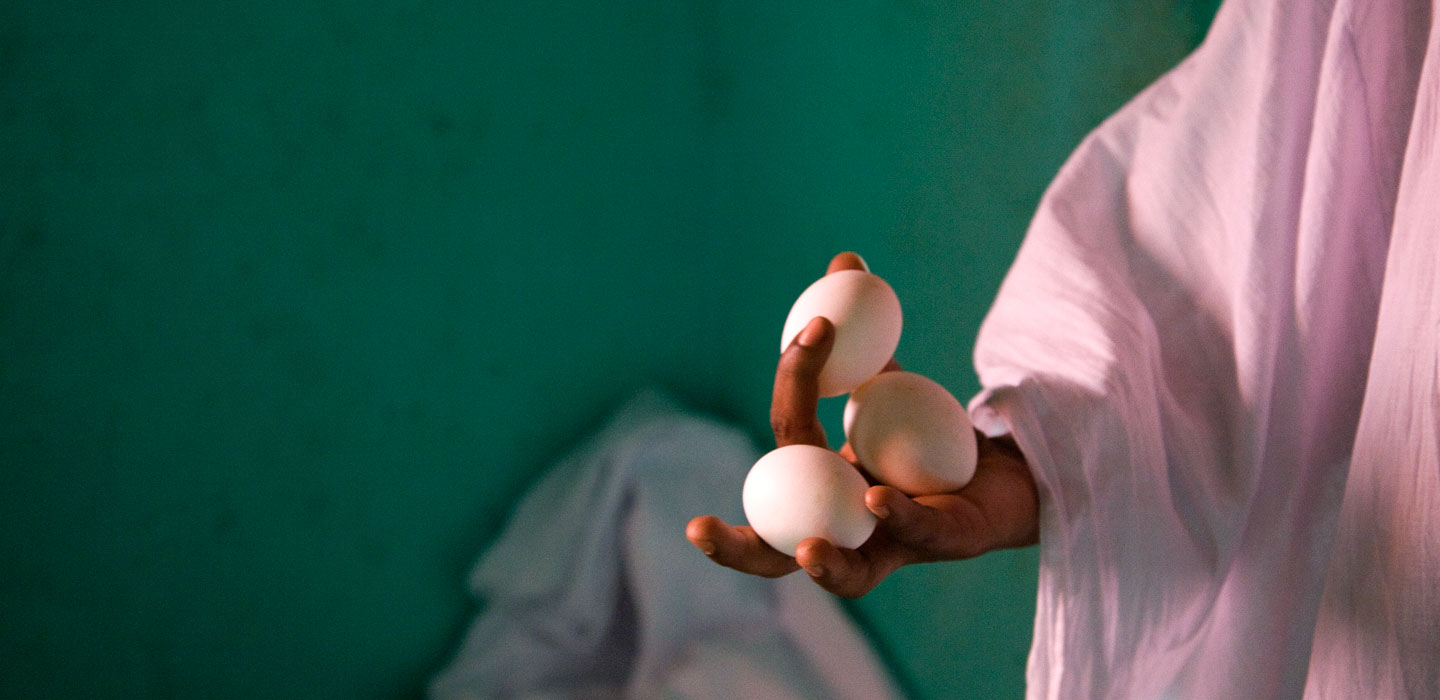Libros y Co-publicaciones
Informes y libros

Informes y libros
Visualización del menú
Search Results Filters
Resultados de la búsqueda
El estado de la seguridad alimentaria y de la nutricion en el mundo 2017
La edición de este año de El estado de la seguridad alimentaria y la nutrición en el mundo marca el inicio de una nueva era en el seguimiento de los progresos relacionados con la consecución de un mundo sin hambre ni malnutrición, en el marco de los Objetivos de Desarrollo Sostenible (ODS). En concreto, en el presente informe se hace un seguimiento de los avances logrados en la erradicación del hambre y la malnutrición en todas sus formas.
En el documento se incluye también un análisis temático de la forma en que la seguridad alimentaria y la nutrición se relacionan con los avances en la consecución de otras metas de los ODS. Ampliar la cobertura temática para incluir la nutrición ha supuesto que en la edición de este año el Fondo de las Naciones Unidas para la Infancia (UNICEF) y la Organización Mundial de la Salud (OMS) se incorporen a la colaboración que la FAO, el FIDA y el PMA vienen manteniendo desde hace años para elaborar este informe anual.
Esperamos que la ampliación de la colaboración resulte en una comprensión más detallada y completa de lo que será necesario hacer para terminar con el hambre y todas las formas de malnutrición, y en medidas más integradas para lograr este objetivo fundamental.
Rural Development Report 2016: Fostering inclusive rural transformation
The 2016 Rural Development Report focuses on inclusive rural transformation as a central element of the global efforts to eliminate poverty and hunger, and build inclusive and sustainable societies for all. It analyses global, regional and national pathways of rural transformation, and suggests four categories into which most countries and regions fall, each with distinct objectives for rural development strategies to promote inclusive rural transformation: to adapt, to amplify, to accelerate, and a combination of them.
Transforming rural areas
is produced on small farms that are usually family-run. Yet it’s also true that 70 per cent of the world’s poorest people live in rural areas, where the lack
of opportunity is forcing many young rural people to leave their homes in search of work in overcrowded cities or abroad.
The state of food insecurity in the world 2015
was the formulation of the First Millennium Development Goal (MDG 1), established in 2000 by the United Nations members, which includes among its targets “cutting by half the proportion of people who suffer from hunger by 2015”.
In this report, we review progress made since 1990 for every country and region as well as for the world as a whole. First, the good news: overall, the commitment to halve the percentage of hungry people, that is, to reach the MDG 1c target, has been almost met at the global level. More importantly, 72 of the 129 countries monitored for progress have reached the MDG target, 29 of which have also reached the more ambitious WFS goal by at least halving the number of
undernourished people in their populations.